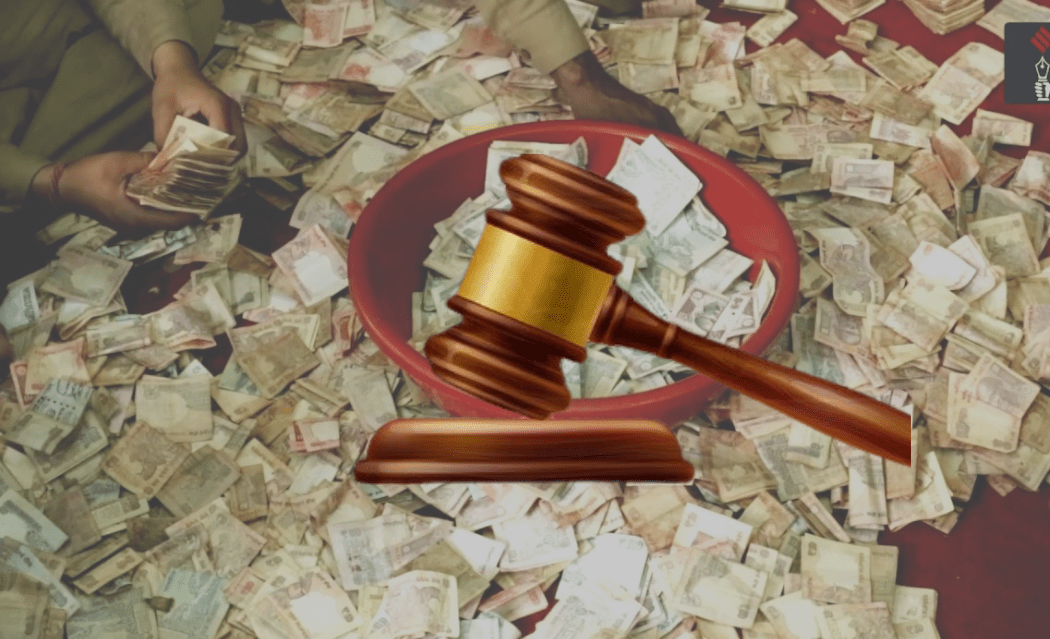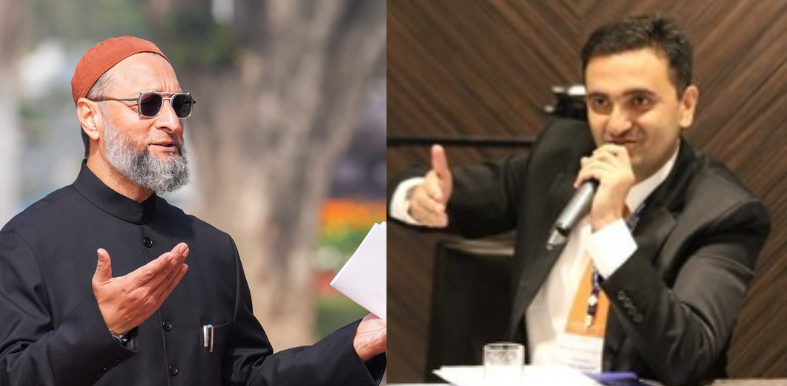Court says offerings belong to the deity, not the state; temples must display income and audit details publicly
TNR News Network
Shimla:
In a landmark judgment aimed at ensuring transparency and accountability in temple management, the Himachal Pradesh High Court has ruled that the state government cannot treat temple funds as its own revenue or divert them for public works.
The court declared that all offerings and donations made by devotees constitute the property of the deity, not of the government or any individual trustee.
A Division Bench of Justice Vivek Singh Thakur and Justice Rakesh Kainthla, while hearing the case of Kashmir Chand vs State of Himachal Pradesh, laid down strict directives under the Hindu Public Religious Institutions and Charitable Endowments Act, 1984. The court described any misuse of temple money as a “criminal superstition” and ordered that any misappropriated amount must be recovered from the responsible trustee or individual.
‘Temple money is not for bridges or VIP gifts’
The Bench drew a clear line between religious use and public expenditure, ruling that temple income cannot be used for state infrastructure projects such as roads, bridges or government buildings. Nor can it be diverted for government welfare schemes, personal gain or private business investments.
Even seemingly small but symbolic gestures, such as buying gifts, shawls or dry fruits for visiting VIPs, have been barred. The court further prohibited the use of temple funds for activities of other religions or for inter-faith and political events.
To ensure transparency, every temple has been directed to publicly display details of its monthly income, audit reports and expenditure summaries on notice boards or official websites.
31 approved areas for use of temple money
The High Court, however, allowed temple funds to be used in 31 approved areas, including education, preservation of religious practices, social reform, pilgrim welfare and cultural promotion. It noted that temples have historically been centres of learning, art and social harmony, and should continue to function in a manner consistent with Hindu values of inclusivity and equality.
In a noteworthy observation, the court also urged temple authorities to promote inter-caste marriage initiatives, calling it a moral step toward eliminating discrimination. Quoting examples from Indian mythology, including Shantanu-Satyavati, Dushyant-Shakuntala, and Satyavan-Savitri, the Bench reminded society that such unions were once part of India’s progressive cultural ethos.
Rs 361 crore collected by 12 major temples in a decade
The scale of the temple economy in Himachal Pradesh underscores why the court’s ruling matters. As per a 2018 report by the Department of Language, Art and Culture, 12 major temples across the state generated Rs 361 crore between 2008 and 2017.
These temples include Brajeshwari Devi (Kangra), Shoolini Devi (Solan), Hanogi Mata (Mandi), Mahamrityunjay (Mandi), Thakurdwara (Paonta Sahib), Bhimakali (Sarahan), Jakhu Hanuman, Tara Devi and Sankat Mochan (Shimla), Baba Balak Nath (Deotsidh), Jawalamukhi and Ram Gopal (Kangra).





